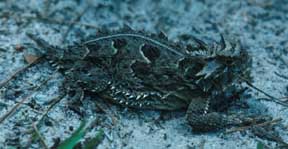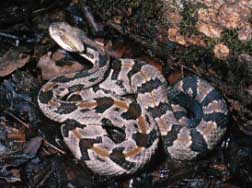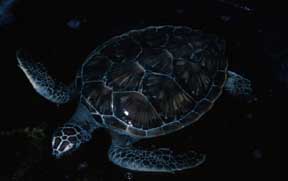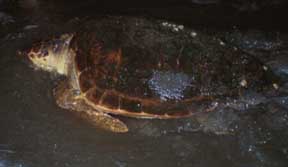Salamanders
When
most people think of salamanders, they think of small animals that are
predominantly terrestrial. However, in order to reproduce, most salamanders
must return to the water. Other salamanders such as those belonging
the families Cryptobrachidae,
Proteidae,
Amphiumidae,
and Sirenidae
maintain an obligate paedomorphic lifestyle and never leave the water at
all. A paedomorphic salamander is one that achieves sexual maturity
while maintaining larval characteristics such as a tail fin and gills.
By maintaining an aquatic lifestyle, salamanders belonging to these families
are able to attain great lengths. In fact, the greater
siren (Siren lacertina) and the two-toed
amphiuma (Amphinuma means) are both capable of attaining lengths
of up to 1 meter.
Another impressive fact about
salamanders concerns their life spans. Although one would not expect
salamanders to survive for a long period of time, many salamanders can
live for up to ten years. Perhaps the longest life span of
any salamander is that of the hellbender,
which can live for anywhere between 25-30 years. With characteristics
such as those described above, it is no wonder that in some forest habitats
salamanders make up the largest constituent of the biomass.
A little known fact about salamanders
is that members belonging to the family Plethodontidae,
which is the largest family of salamanders, are completely lungless.
This is an amazing trait considering the fact that Plethodontid salamanders
are almost wholly terrestrial. Instead of using lungs for gas exchange,
Plethodontid salamanders respire across their skin. In order for
this strategy to be successful, these salamanders must remain in moist
and humid microhabitats.
|
Greater Siren (Siren lacertina)
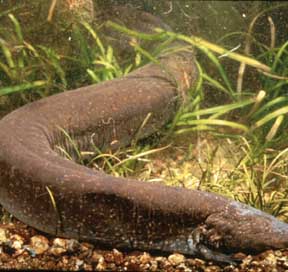
Photo Credit: JLM Visuals
Blue-Ridge Two-Lined Salamander (Eurycea wilderae)
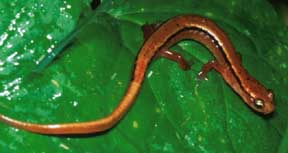
Photo Credit: S.G. Tilley |



